Report this entry
More from the same community-collection
August 3rd Community Memorial Service
The City of El Paso is hosted a Community Memorial Service to ...
Sunsets in El Paso at Southwest University Park
A look at the sunset from Southwest University Park
Ghanaian dancer Efe Plange at the El Paso Museum of History
Traditional Ghanaian dancer Efe Plange performs traditional ...
Ghanaian dancer Efe Plange at the El Paso Museum of History
Traditional Ghanaian dancer Efe Plange performs traditional ...
Ghanaian dancer Efe Plange at the El Paso Museum of History
Traditional Ghanaian dancer Efe Plange performs traditional ...
El Paso Community College 50th Anniversary Exhibition at EPMH
El Paso Community College (EPCC) celebrates their 50th ...
El Paso Community College 50th Anniversary Exhibition at EPMH
El Paso Community College (EPCC) celebrates their 50th ...
Tereso Contreras Opening Night of Pride Cinema at EPMH
The exhibition features films focused on LGBTQ+ issues in the ...
Opening Night of Pride Cinema at EPMH - June 1st - PRIDE Month
The exhibition features films focused on LGBTQ+ issues in the ...
Opening Night of Pride Cinema at EPMH - June 1st PRIDE Month
The exhibition features films focused on LGBTQ+ issues in the ...
Photographs by Manuel Rivera - Pride Cinema at EPMH
The exhibition features films focused on LGBTQ+ issues in the ...
Tereso Contreras Opening Night of Pride Cinema at EPMH
Drag King, Tereso Contreras performing on June 1st opening night ...
San Ignacio de Loyola Catholic Church Matachines
Pictured are the San Ignacio de Loyola Catholic Church ...
Women at Community Memorial Service, El Paso, TX 14 Aug 2019
The City of El Paso is hosted a Community Memorial Service to ...
August 3rd Community Memorial Service
The City of El Paso is hosted a Community Memorial Service to ...
August 3rd Community Memorial Service
The City of El Paso is hosted a Community Memorial Service to ...
August 3rd Community Memorial Service
The City of El Paso is hosted a Community Memorial Service to ...
August 3rd Community Memorial Service
The City of El Paso is hosted a Community Memorial Service to ...
August 3rd Community Memorial Service
The City of El Paso is hosted a Community Memorial Service to ...





















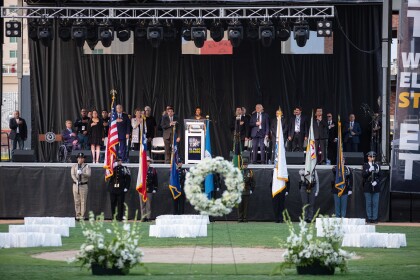
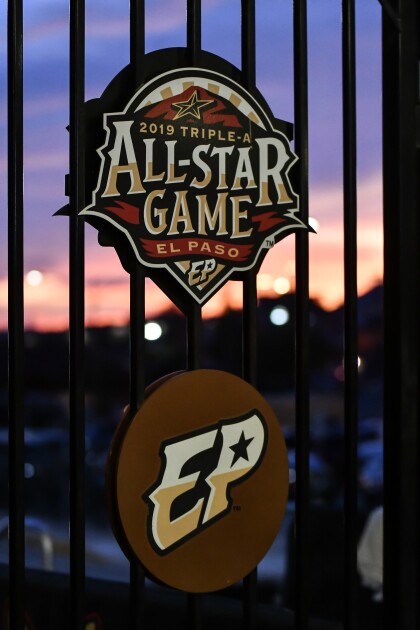
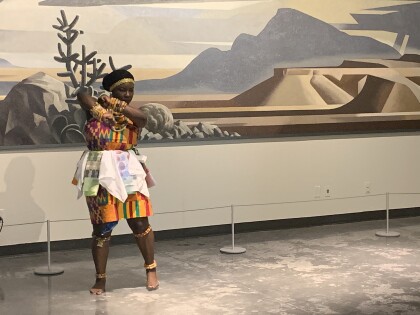
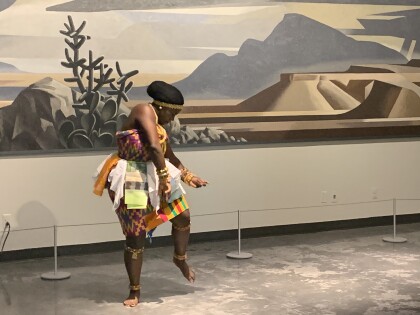
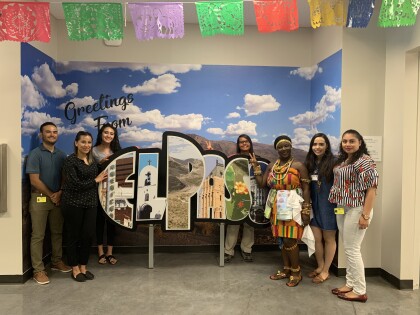
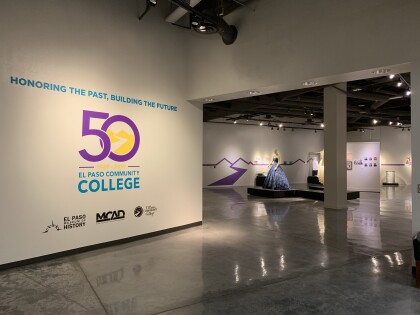
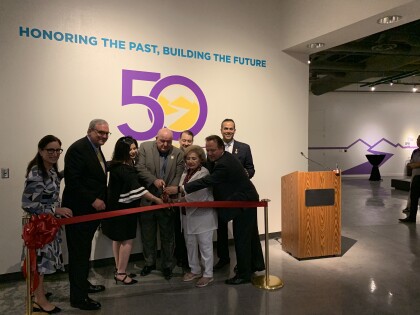
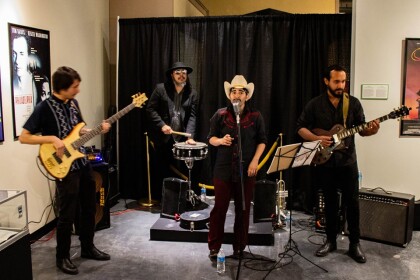
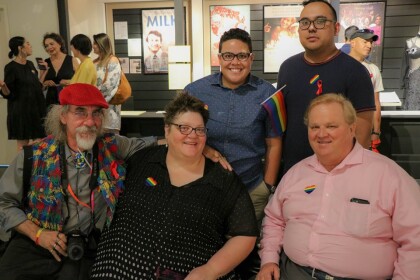
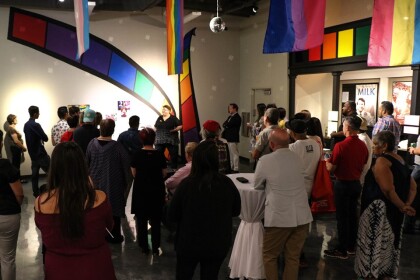
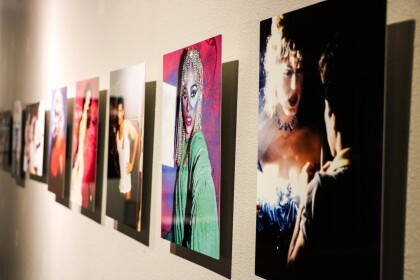
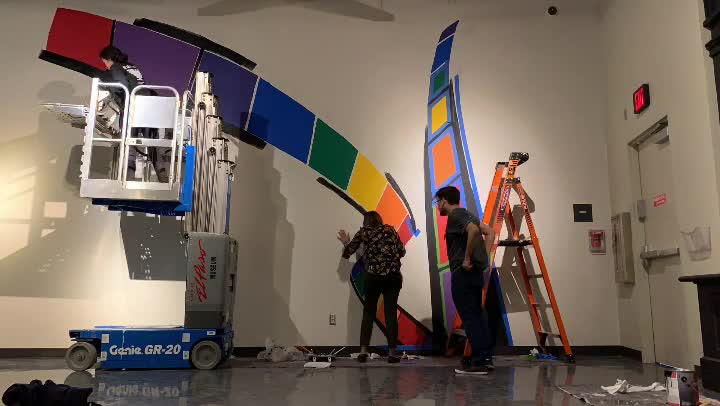
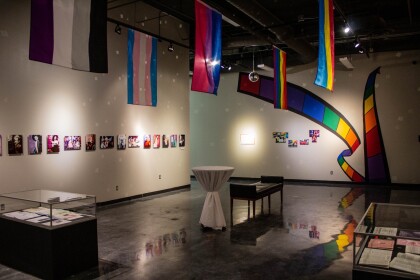
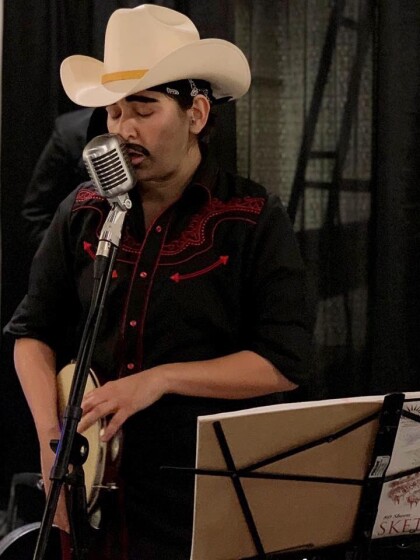
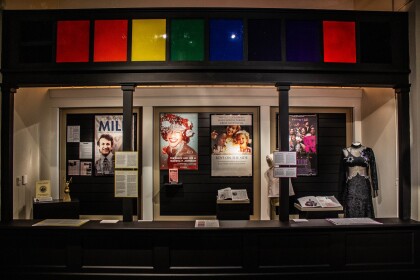
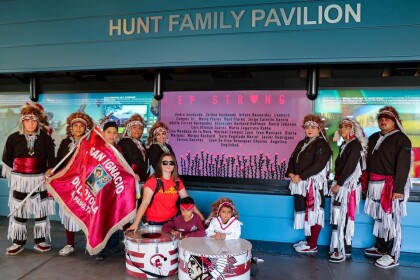
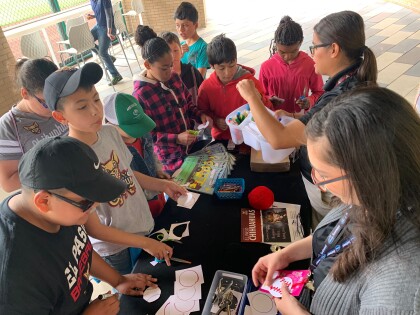
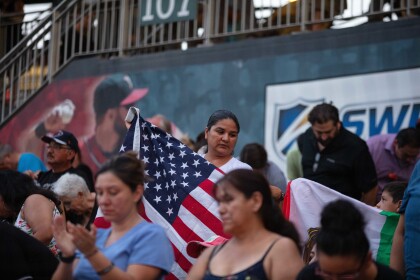
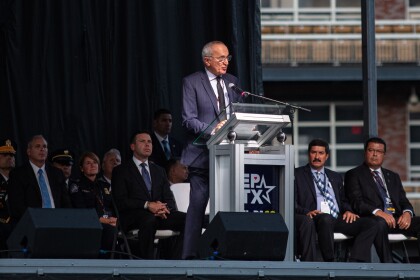
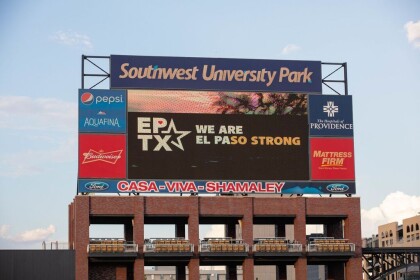
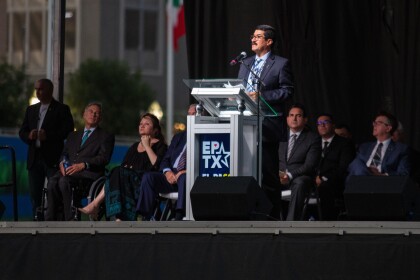
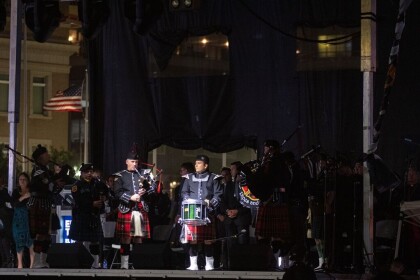
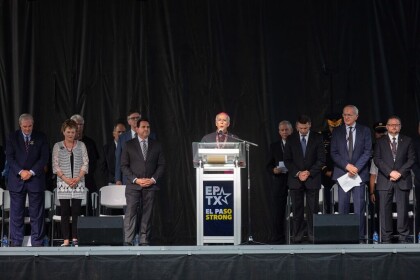
Comments
Add a comment